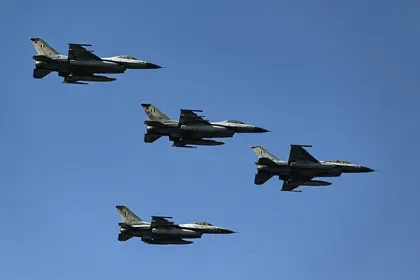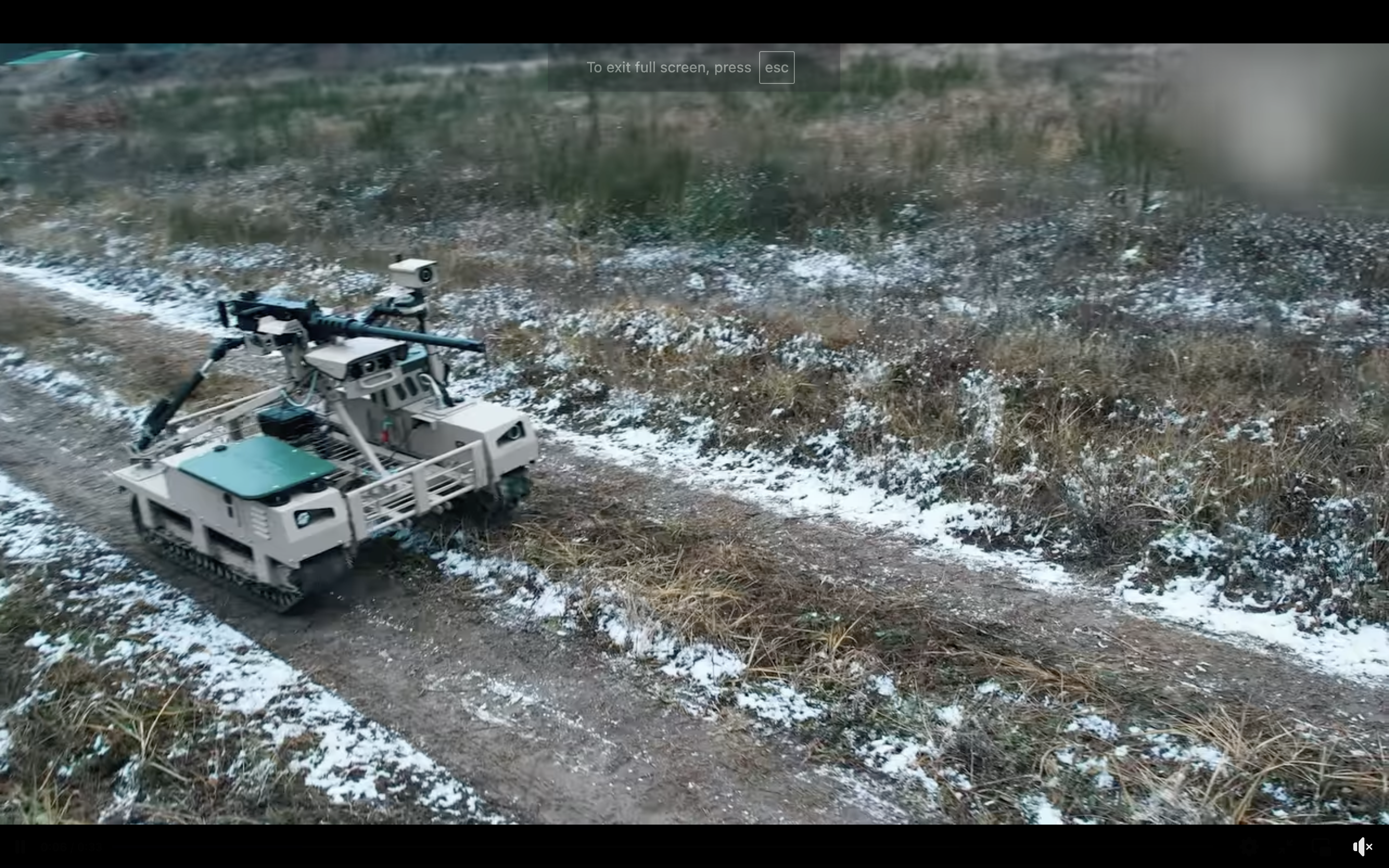“Over 20 NATO member countries are meeting defense spending targets this year, marking a nearly fourfold increase from 2021 amid heightened concerns over Russia’s invasion of Ukraine. A record 23 of NATO’s 32 member nations are hitting the Western military alliance’s defense spending target this year,” NATO Secretary-General Jens Stoltenberg said on June 17.
The strategic environment
The Alliance’s concerns go beyond the “Russia-Ukraine war.” On May 2, NATO expressed deep concern about malign Russian activities on Allied territory, which include sabotage, acts of violence, cyber and electronic interference, disinformation campaigns, and other hybrid operations. Its activities constitute a threat to Allied security. While three years late, the statement mirrors the assessment by the EU Parliament on Sept. 16, 2021. The latter lists an even longer list of Russian aggressions in Europe, stressing that the EU and its member states are exposed to a Russian Hybrid War (which was also taking place in Ukraine at the time).
JOIN US ON TELEGRAM
Follow our coverage of the war on the @Kyivpost_official.
On 29 March, Polish Prime Minister, Donald Tusk stressed that “There is a ‘real’ threat of conflict in Europe and that the continent has entered a ‘pre-war era’ for the first time since World War II.” It is believed that Europe might be engaged in a military confrontation with Russia in six to three years. Recently, the Norwegian Chief of Defense reduced the window to two to three years.

Polish PM Says Ukraine Peace Talks Could Start This Winter
Strengthening NATO to meet the threat
A proper understanding of the strategic environment is key to properly assessing the significance of the “nearly fourfold increase from 2021” in member states meeting the defense spending targets.
NATO presented its report on “Defense Expenditure of NATO Countries (2014-2024)“ on 17 June. Along with its archive, it provides great insight into past commitments, trends and the present status.
The 2 percent guidelines were introduced in 2006. At the time, NATO member states invested an average of 2.68 percent of gross domestic product (GDP) in defense. Eighteen years later, the NATO average has increased by a measly 0.03 percent. What seems like an extremely small increase conceals the fact that NATO hit rock bottom in 2017 - three years into the war in Europe – with an average of 2.40 percent. The latter is, unfortunately, indicative of the challenges the Alliance is facing today.
After the war started in 2014, NATO members agreed to an “aim to move towards the 2 percent guideline within a decade.” Ten years later, nine countries still fall short of the target, eight of which have never fulfilled the pledge since it was introduced in 2006. Eight other member states met the target for the first time this year. More importantly, the NATO average in 2024 is only 0.13 percent higher than when the war started a decade ago. As the only member, the US has reduced its defense expenditure as a share of GDP by 0.34 percent since 2014.
In real-time money, the Alliance defense spending has increased from $910 to $1,195 billion a year over the last ten years. Defense spending across European allies and Canada was up nearly 18 percent this year alone, the biggest increase in decades.
In terms of percentage-wise increase and as such an “indicator of the political resolve of individual Allies to contribute to NATO’s common defense efforts,” however, the measly 0,13 percent increase is outright absurd. This does not signal a sense of urgency at a moment when the era of the peace dividend has ended and where the West, according to UK Defense Minister, Grant Shapps, could be facing threats involving Russia, China, Iran and North Korea in only five years.
In contrast, Russia’s military spending increased by 57 percent rise since 2014, reaching an estimated $109 billion in 2023. Last year, Russia’s military spending made up 16 percent of total government spending and its military spending as a share of GDP was believed to be 5,9 percent.
NATO backlog and deficiency
The total defense investment “backlog” since 2006 is a staggering 433 out of 523 years. 26 countries have a backlog of ten years or more. The backlog represents the years individual NATO members did not achieve the 2 percent target, during which they have been underfinancing, downsizing and “streamlining” their armed forces.
The resulting military capability and sustainability gap are massive and help explain why member states have donated weapons and ammunition to Ukraine that in between have been so decrepit that they either needed extensive overhauls or deemed fit only to be cannibalized for spare parts.
If NATO members had started rebuilding their Armed Forces when the war started in 2014, they would have prompted the Defense Industrial Base (DIB) to invest in new facilities, technology and manpower to meet a gradual increase in demand for warships, combat aircraft, helicopters, main battle tanks, long-range fire, artillery, drones, missiles, ammunitions, and more. Instead of a gradual increase in demand, NATO is experiencing an urgent scramble to rebuild military capabilities at a tempo far beyond the DIB’s ability to deliver.
This must be seen in context with the average defense procurement time. In the United States, major procurement programs for ships, tanks, or helicopters take an average of 6.9 years from initiation to initial operating capability. Due to their complexity, however, some systems require far longer time (up to 21.2 years).
On 20 June, the Office of the Auditor General of Norway published a report underpinning the US findings. It strongly criticizes the procurement process, arguing that it takes too long from the time a requirement arises until the armed forces receive and put new military systems into operational use. The completion time for the projects varied from 1 year to 18 years. The analysis shows that the implementation phase of the projects on average was 8.5 years. Of 38 projects, 32 were on average about 5 years late.
Both the defense sector and DIB lacks the personnel and expertise required to quickly deliver urgently needed weapon systems and ammunition. The 2023 National Defense Industrial Strategy (NDIS) underscored that the labour market “lacks sufficient workers with the right skills to meet domestic production and sustainment demand.”
The US weapons stockpiles were less than “full” when Russia invaded Ukraine in 2022. Its slow and incremental donation of weapons and ammunition to Ukraine is in part a reflection of its inherent need to maintain a defined level of readiness while acknowledging that its DIB isn’t able to fully replace what it is donating to Ukraine. Several European NATO countries have in contrast emptied their stockpiles of some key capabilities accepting the implied risk as they principally are defending their security in Ukraine.
As many NATO countries rush to rebuild their Armed Forces, they are competing for limited production slots in a DIB unable to meet the urgent demands. Consequently, the price of defense material is increasing, partly reducing the effect of increased spending. The price increase for a 155mm artillery shell illustrates the imbalance between demand and production deficit. A shell that cost €2,000 ($2,150) a piece in 2021 has over two years increased four times to €8,000 ($8,600).
In sum, this has left the world’s strongest military Alliance either unable or unwilling to provide Ukraine with the means it needs to evict Russian forces from its territory. More crucially, it has rendered deterrence ineffective.
NATO’s options?
Political decisions are all too often presented as success already. Politicians tend to ignore that the timeline from decision to implementation during peacetime is 7-8 years on average. At a time of tension, when countries are scrambling to rebuild their armed forces, the lead time will be much longer. NATO, however, lacks time and, therefore, urgently needs a new strategy.
What is portrayed as a success – a nearly fourfold increase from 2021 in member states meeting the defense spending targets – is, unfortunately, nothing of the sort. If the member states had decided to immediately increase defense spending to 2 percent in 2014, it would probably have influenced Russia’s further course of action. It would have been a strong response to its gross violation of international law and a clear strategic message of resolve.
The 2 percent target is, however, no longer relevant. The member states have a very small window to rectify their military shortcomings after three decades of downsizing and failing to maintain a strong DIB. Even more so, as increasingly more European countries express uncertainty over the US’s future commitment to NATO.
The sad fact is that the NATO average in 2024 is only 0.13 percent higher than when the war started a decade ago.
The member states urgently need to increase their defense spending beyond the 1985-89 Cold War standard.
Near the end of the Cold War, the West was facing what was perceived as an imminent threat with a robust and balanced military power. That is, unfortunately, no longer the situation. The Alliance is suffering from huge capability gaps, a lack of both manpower and sustainability, as well as an underdeveloped DIB due to decades of neglect. It will need to invest 4-5 percent of GDP and dramatically change its procurement and recruitment processes to achieve some strategic effect within the limited time available.
More crucially, the Alliance also urgently needs to reassess its stand on Ukrainian NATO membership while at war.
In the article “Nine reasons NATO cannot afford to say ‘no’ to Ukraine,” I argued that a Ukrainian membership will help solve some of the critical shortcomings of the Alliance. A battle-hardened Ukrainian Army and a high-tech Allied Air Force and Navy is a perfect match that would fundamentally and immediately shift the military balance in Europe.
Membership is the only solution that, except for military intervention, will end the war. It will ensure lasting peace. It will help reduce the number of neutral countries that are exposed to Russian aggression and thus reduce the risk of strategic misunderstandings, conflicts and wars. It equals a Russian defeat. It will end the broader confrontation. It will strengthen the Alliance and, consequently, help restore NATO deterrence, preventing future conflicts and wars. It will help to establish a European strategic autonomy within NATO.
A Ukrainian NATO membership is presently the only quick fix available to Europe and the US.
Ukraine’s partners must stop pretending to not be a part of a war Russia has been waging against the West for years already.
The West must stop acting like Ukraine is only defending itself and not fulfilling the role NATO always was meant to perform: Defending European security. It must take Ukraine’s peace plan to heart and establish a war-winning strategy. If its calls for respect of international law, including the UN Charter, and the principles of respect for the territorial integrity and sovereignty of all states are to have any credibility, Russia must be evicted from Ukraine. The immediate removal of all restrictions on Ukraine’s use of Western-made weapons is the first step to speed up the demise of the Russian Armed Forces and protect NATO’s next member state. The second step is to ramp up the defense spending to a level that makes Russia sit up and take notice. The third is to ask Ukraine to accept NATO as a member.
The views expressed are the author’s and not necessarily of Kyiv Post.
You can also highlight the text and press Ctrl + Enter






